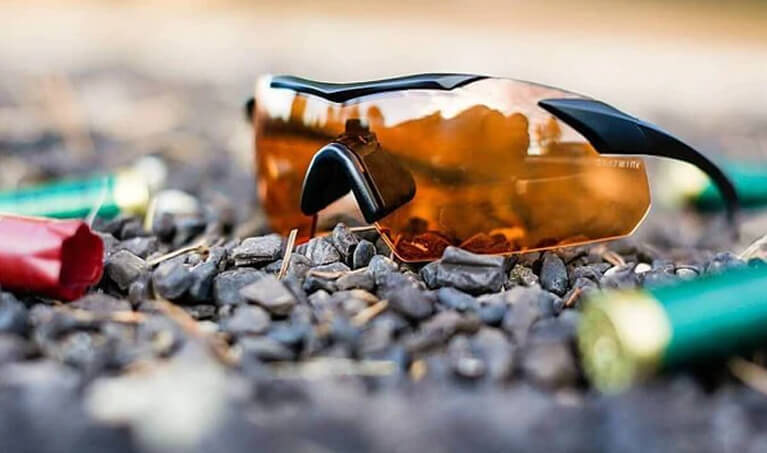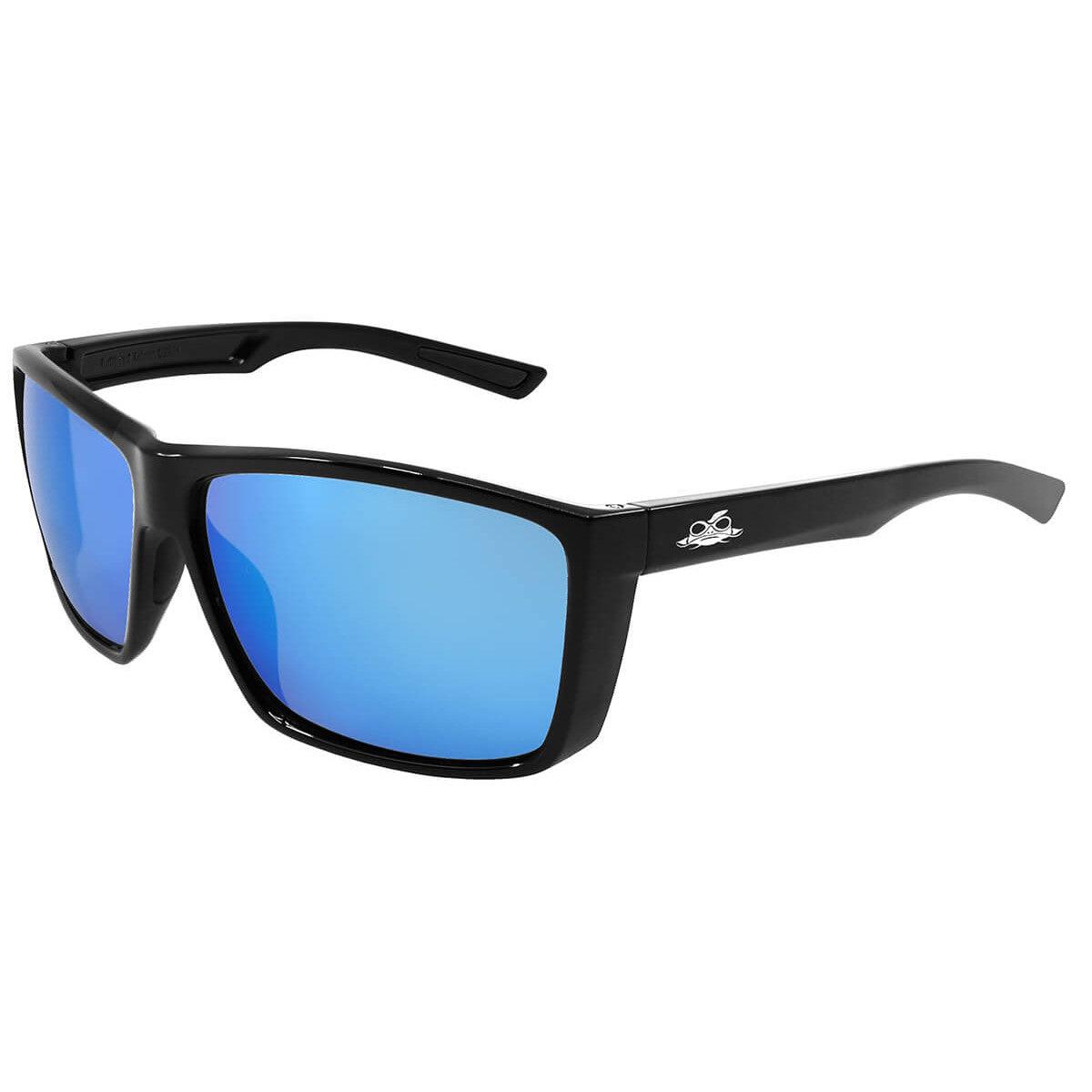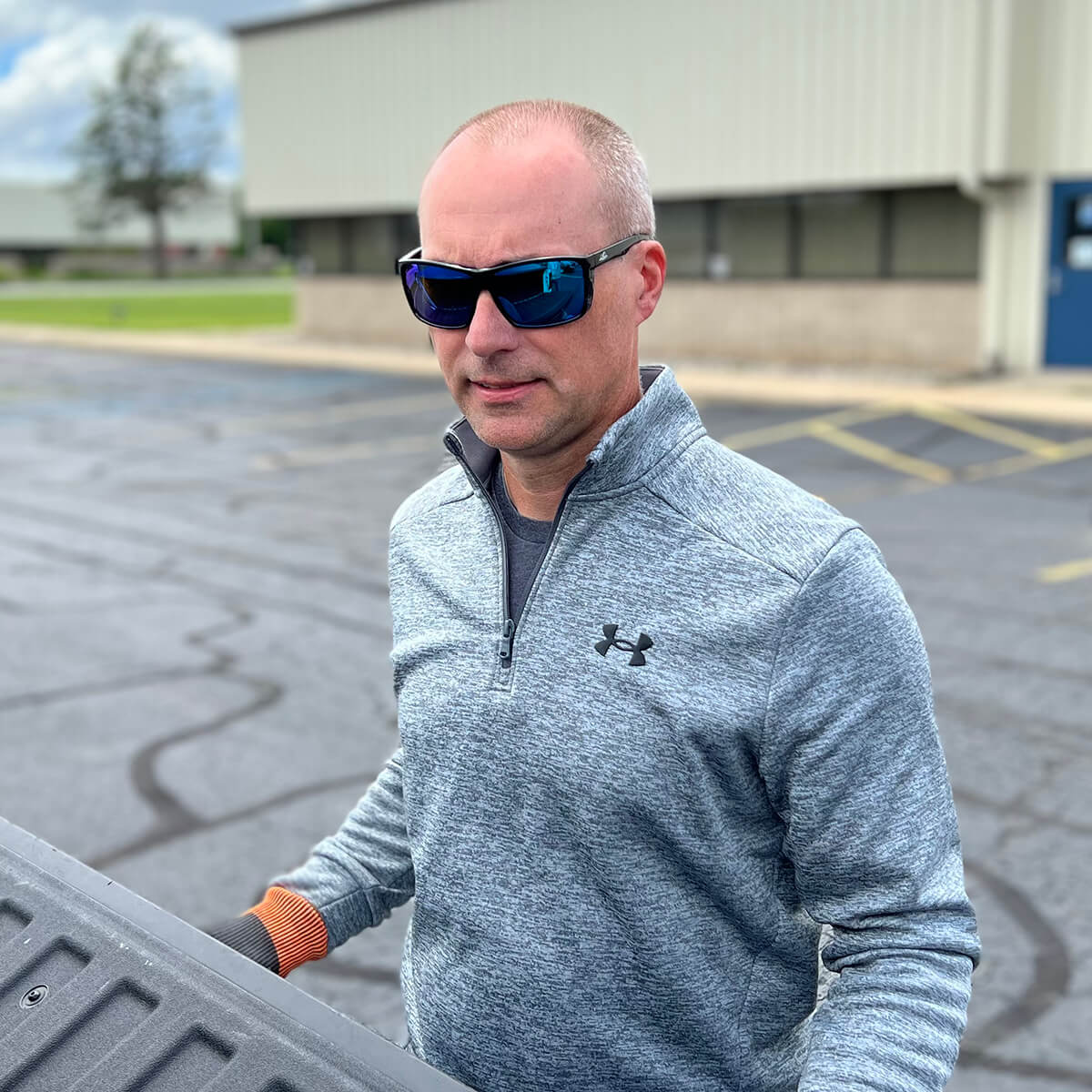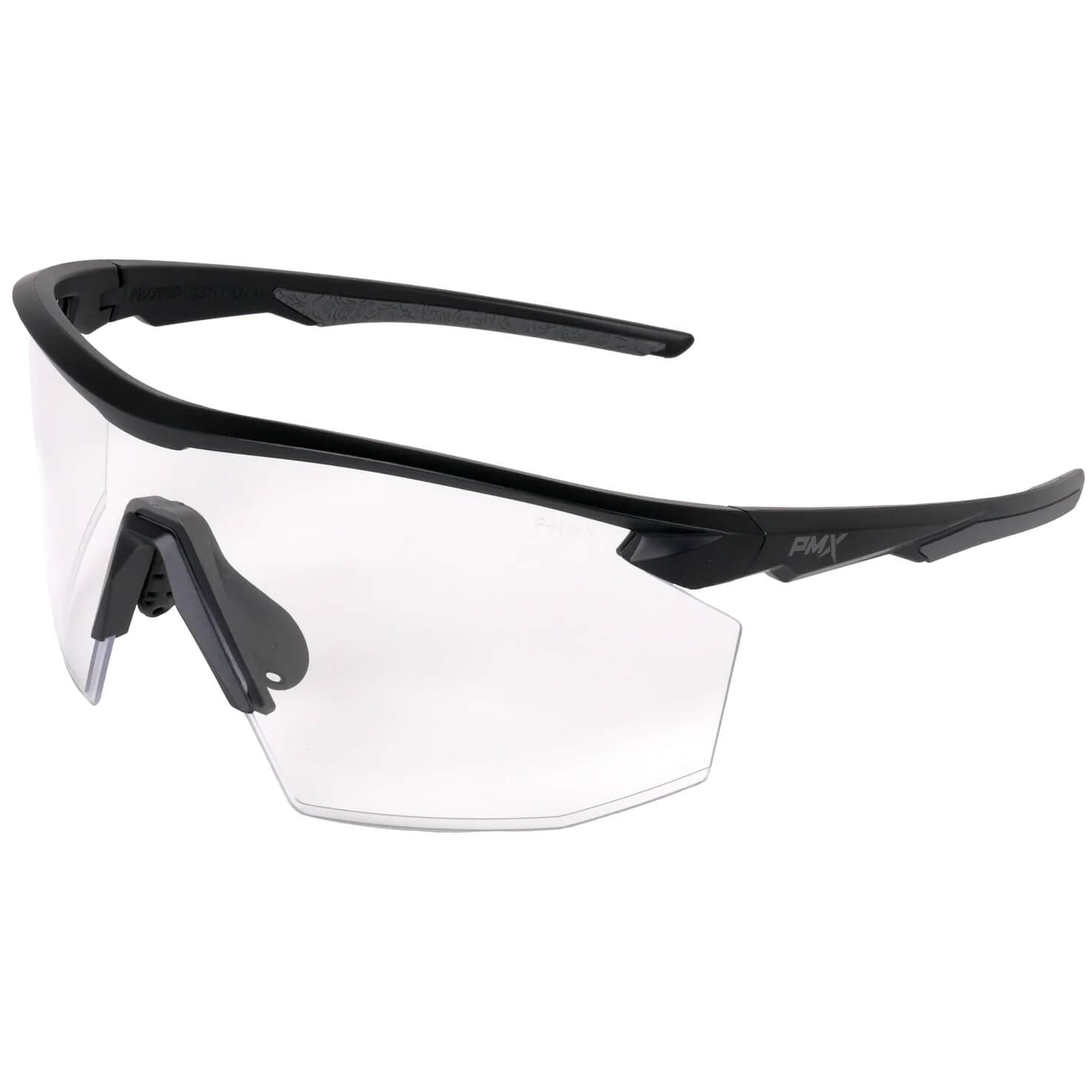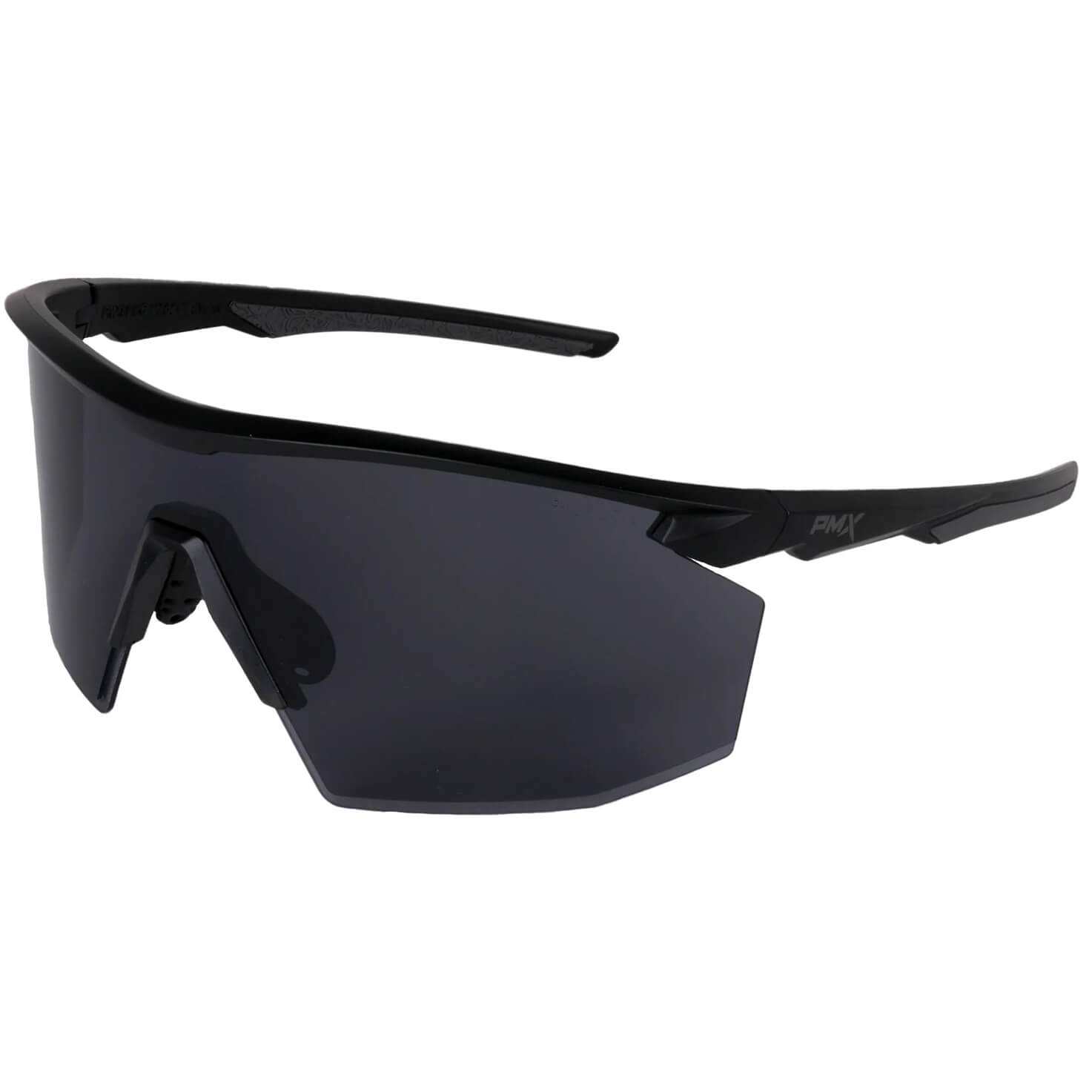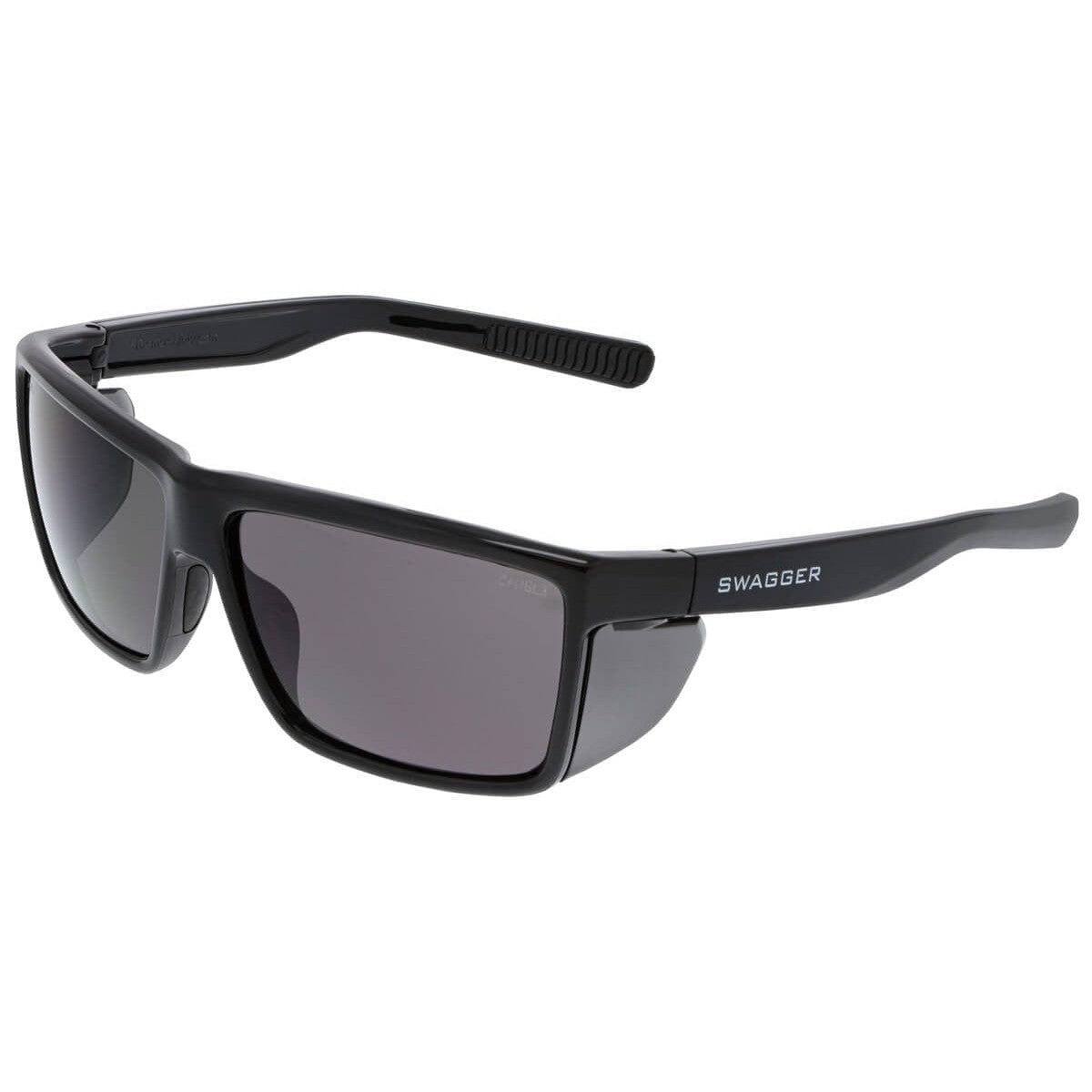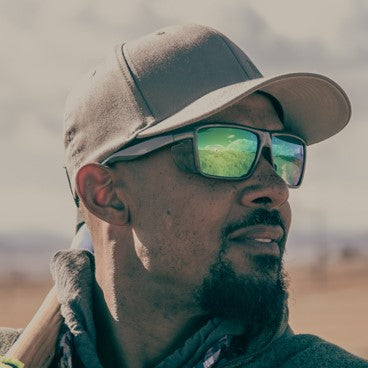Visit any reputable firing range, and one of their primary rules will be the wearing of eye & hearing protection. Wearing safety glasses is especially important because shooting safety glasses prevent injuries from potential impact hazards. Hot metal fragments and explosive gasses traveling at high-velocity are produced when a firearm is discharged. There's no guarantee the metal or gas will go where it's supposed to every single time. In other words, accidents happen.
It's one thing when a piece of hot lead or shell casing lands on your arm. It's a whole other thing when a ricochet blasts through your eye. One hurts like crazy and maybe leaves a blister. The other can blind you for life or worse.
Endless Excuses
There are endless excuses for not wearing protective gear in every situation with potential hazards. Despite knowing the consequences should something terrible happen, far too many people still choose not to protect themselves.
Wearing protective eyewear when shooting a firearm should be a no-brainer. Unfortunately, it isn't. People may be put off at the cost of high-quality safety glasses versus dime store sunglasses. Sometimes they are uncomfortable or you don’t like how they look wearing them.
Regardless of the excuse, no one can deny the potential severity – and finality – of an eye injury. Consider the following scenarios as evidence of this truth.
Eye Injury Scenarios
Scenario 1
A sudden gust of wind blows a grain or two of dirt in your eye, but somehow it feels more like a boulder. It hurts like crazy too.
Depending on the circumstances, you might be able to quickly rub or wash the foreign object out of your eye. The worst-case scenario is that you scratch your cornea and need a trip to the doctor in the process of trying to rub it out. While you might get to wear a pirate's patch for a week while it heals, you must ask yourself if it was worth it.
Scenario 2
You're out shooting your firearm in the woods or out in the desert without proper eye protection. In the process of firing your gun, something goes terribly wrong, and you end up with pieces of hot metal blasted into your face and eyes.
There’s a good chance you may lose sight in one or both eyes. Worst case? You lose an eye and have to wear a patch for life. Worse worst case? You lose both eyes and get a white cane and a canine companion for life.
Unfortunately, both of the above scenarios are not science fiction. They do happen. The hard lesson learned is that, in each case, shooting safety glasses could have prevented the injuries.
Preventing Injuries & Improving Results
Shooting Glasses with a ballistic-rating and ANSI Z87.1 certification are the absolute best tools for preventing eye injuries while hunting and shooting. Not only that, but they can actually improve your visibility and aim in certain environmental conditions.
Preventing Injuries
The very best protection for your eyes when shooting are safety glasses made with a shatterproof polycarbonate.
Polycarbonate lenses are far better than plastics or glass. When hit with a tennis ball going 40 mph, high-index plastic glasses shatter. Allyl resin breaks when hit with a tennis ball at 55 mph. Glass can withstand a velocity of up to 89 mph before breaking.
Compare those results with polycarbonate withstanding up to 130 mph or higher without shattering. Ballistic-rated polycarbonate lenses can withstand speeds up to 600 FPS or 409 MPH! Make your shooting safety glasses wraparound polycarbonate, and you’ve got the best protection of all.
In addition to the protection from high-velocity projectiles, all safety glasses with polycarbonate lenses provide 99.9% protection from harmful UVA-UVB rays.
Improving Results
Aside from the safety benefits of wearing safety glasses while shooting, there are other enormous benefits to wearing shooting safety glasses. These come when you add different tints to the lenses.
Clear lenses, which have no color contrast, are for general eye protection, indoor ranges, or poor lighting. They're also the safety lenses often used for handloading. In many instances, clear lenses are the best option.
However, when you add tints, you actually can enhance your accuracy by choosing tints based on the environment in which you're shooting. No time of the day has the same lighting conditions, nor is shooting outdoors remotely the same as shooting indoors. Also, your targets may change from one shooting session or environment to the next. Weather changes too.
Each and every environmental change affects your shot. By changing to tinted lenses based on the situation, shooting accuracy can improve immensely. Here are a few examples:
- Orange lenses block blue light as well as haze. They're also ideal for orange clay targets because the tint enhances the color.
- Yellow lenses are excellent for low light conditions since they contrast and brighten colors. They’re ideal for shooting at dusk or dawn. Even shooting at night under lights will be greatly enhanced.
- Purple lenses are a perfect tint for contrasting orange targets against a blue sky, especially in bright conditions. Purple also significantly reduces glare, especially snow glare.
These are but a few favorite tints, but there are literally colors for every shooting occasion and situation imaginable. Using tinted shooting safety glasses will help bump up your shooting game by improving your vision while protecting it at the same time. For this reason, developing an Understanding of Shooting Glasses Lens Colors is essential for anyone serious about improving their aim.
Of course, many of The Best Safety Glasses for Shooting & Hunting can also be made with your vision prescription. Some also offer styles to fit over prescription eyeglasses. Most options are now quite affordable, too, which means there really is no excuse for not wearing safety glasses while shooting.
The Bottom Line
Accidents can happen despite safety precautions. Whether an accident ends up a tragedy or disaster averted depends on if safety measures are taken or not.
For everyone from those at a sanctioned firing range to those shooting out in the local gravel pit, the bottom line is the same: always wear your safety glasses when shooting. Not only are you protecting your eyes, but you may be improving your aim at the same time.

